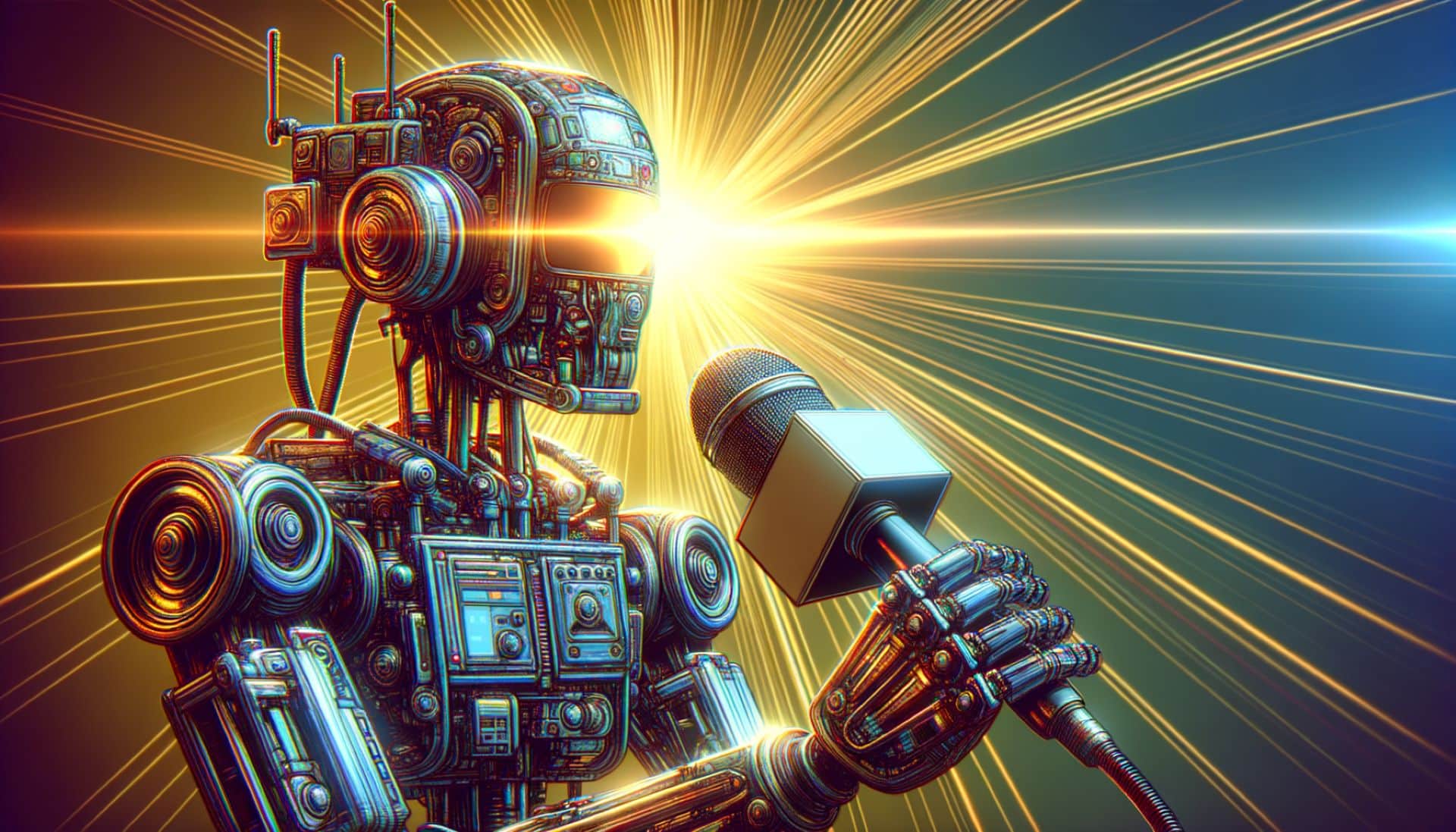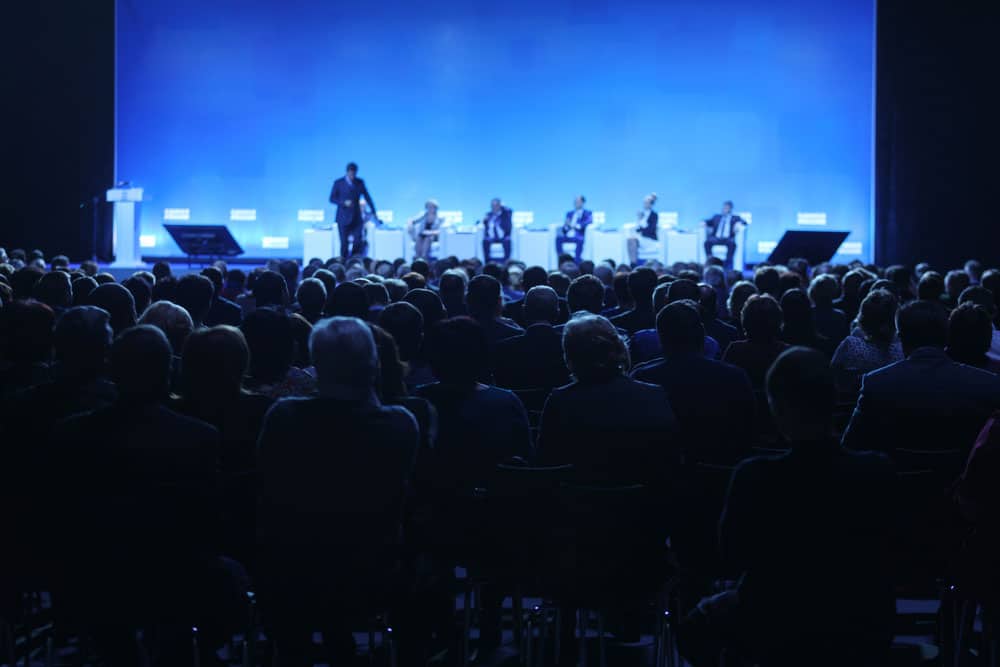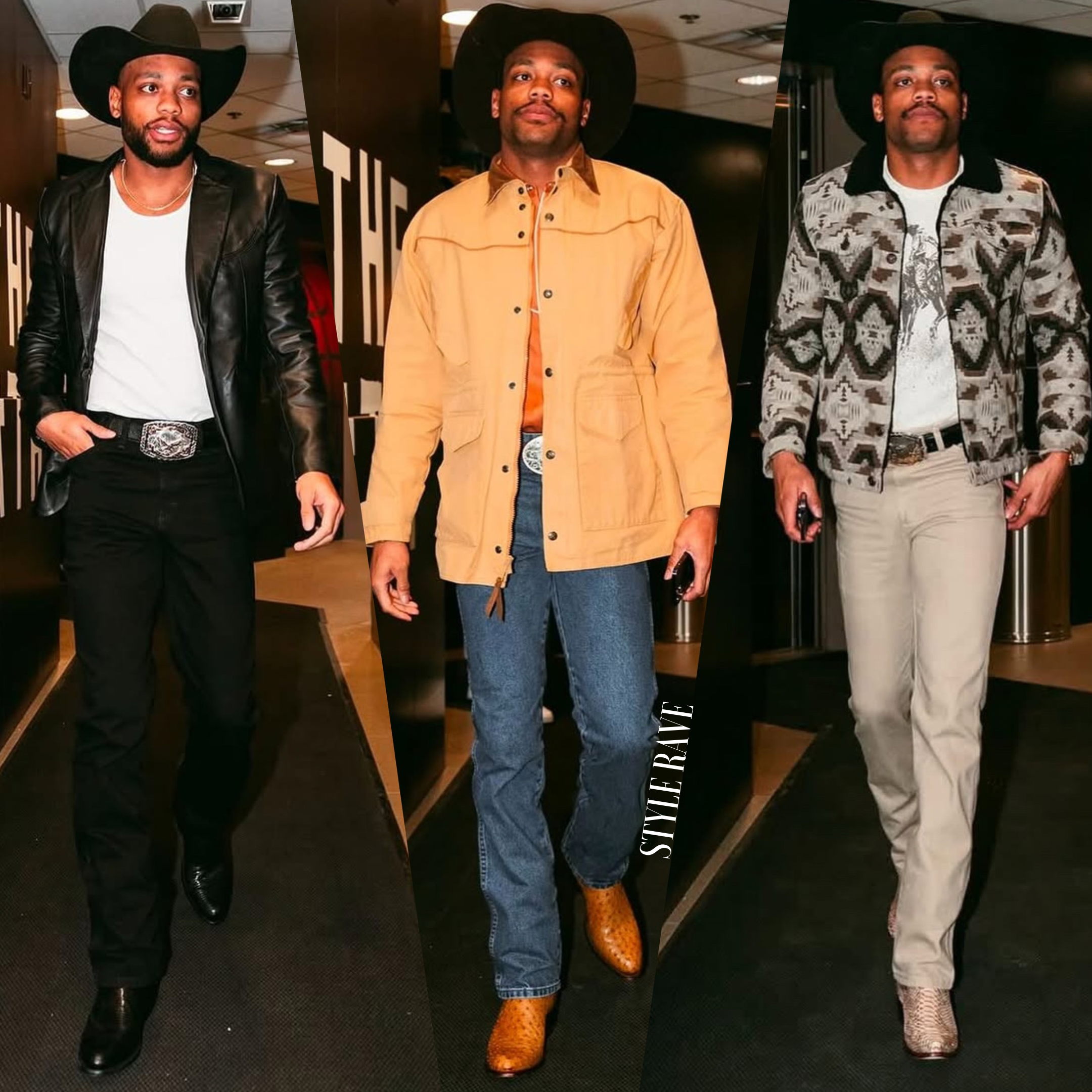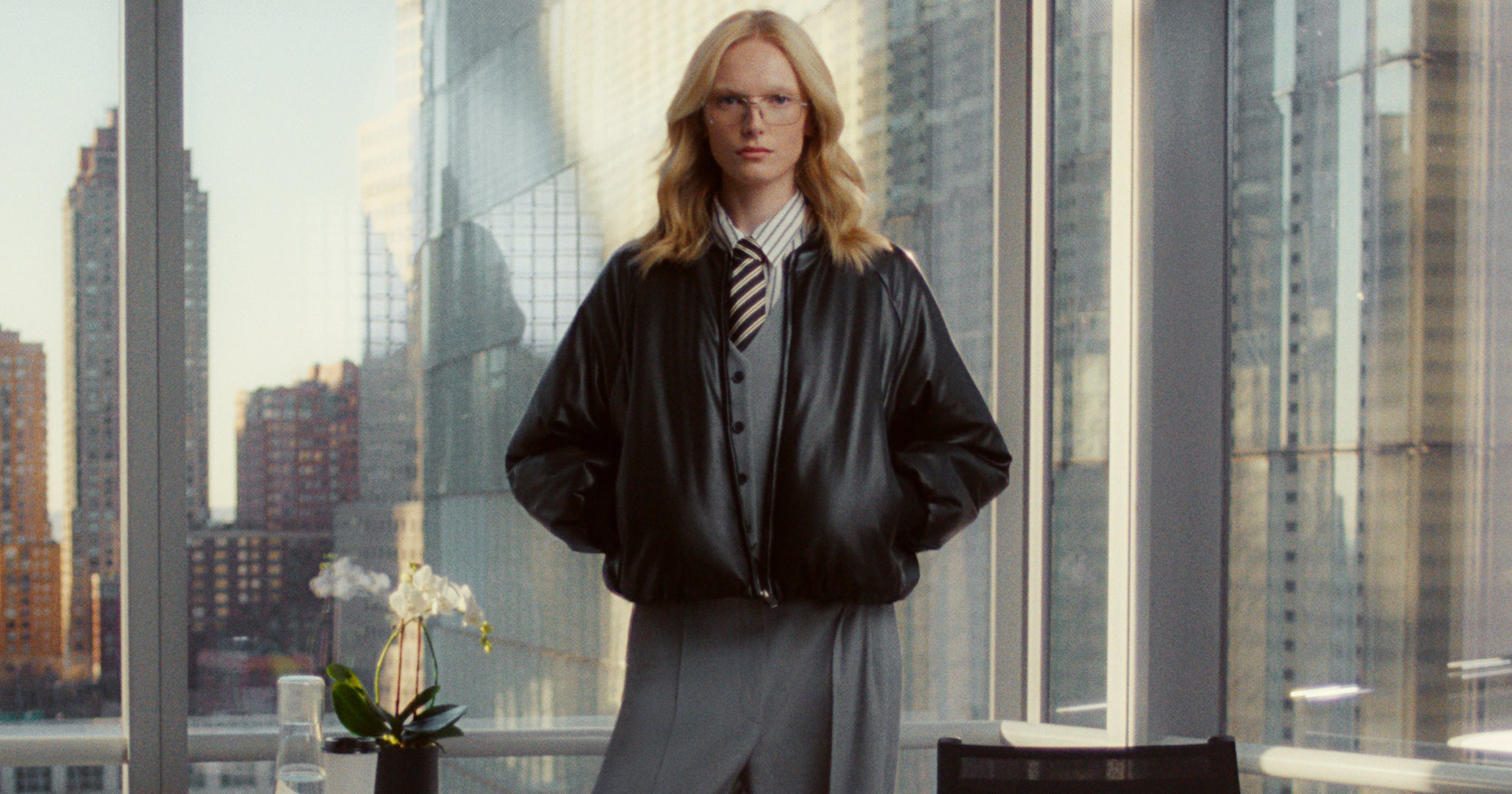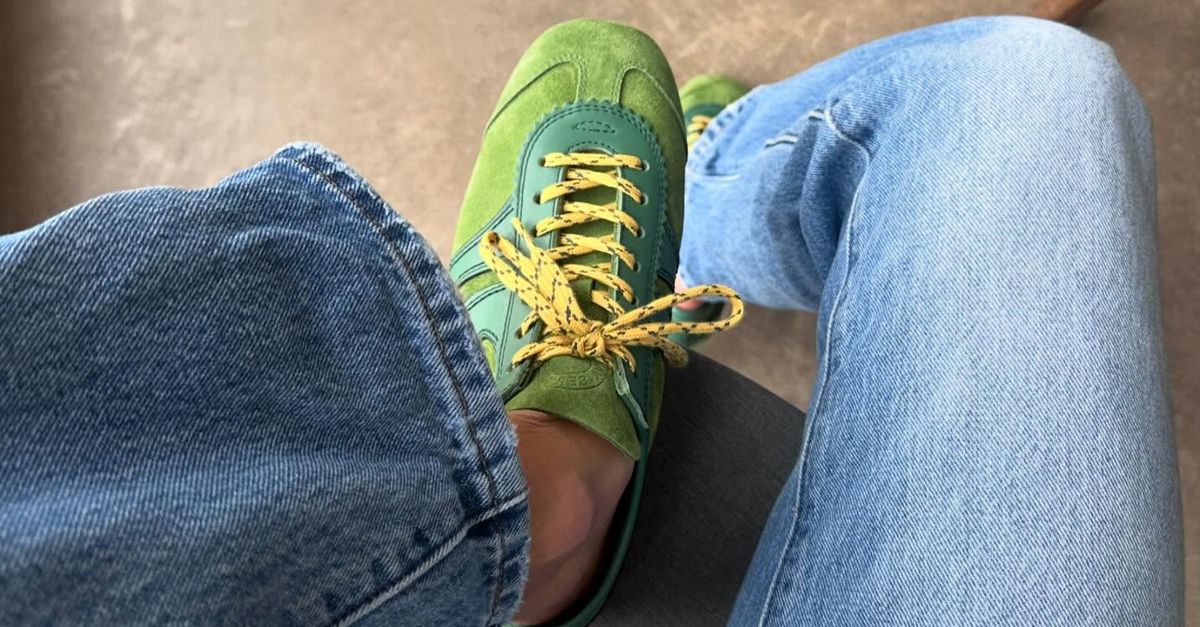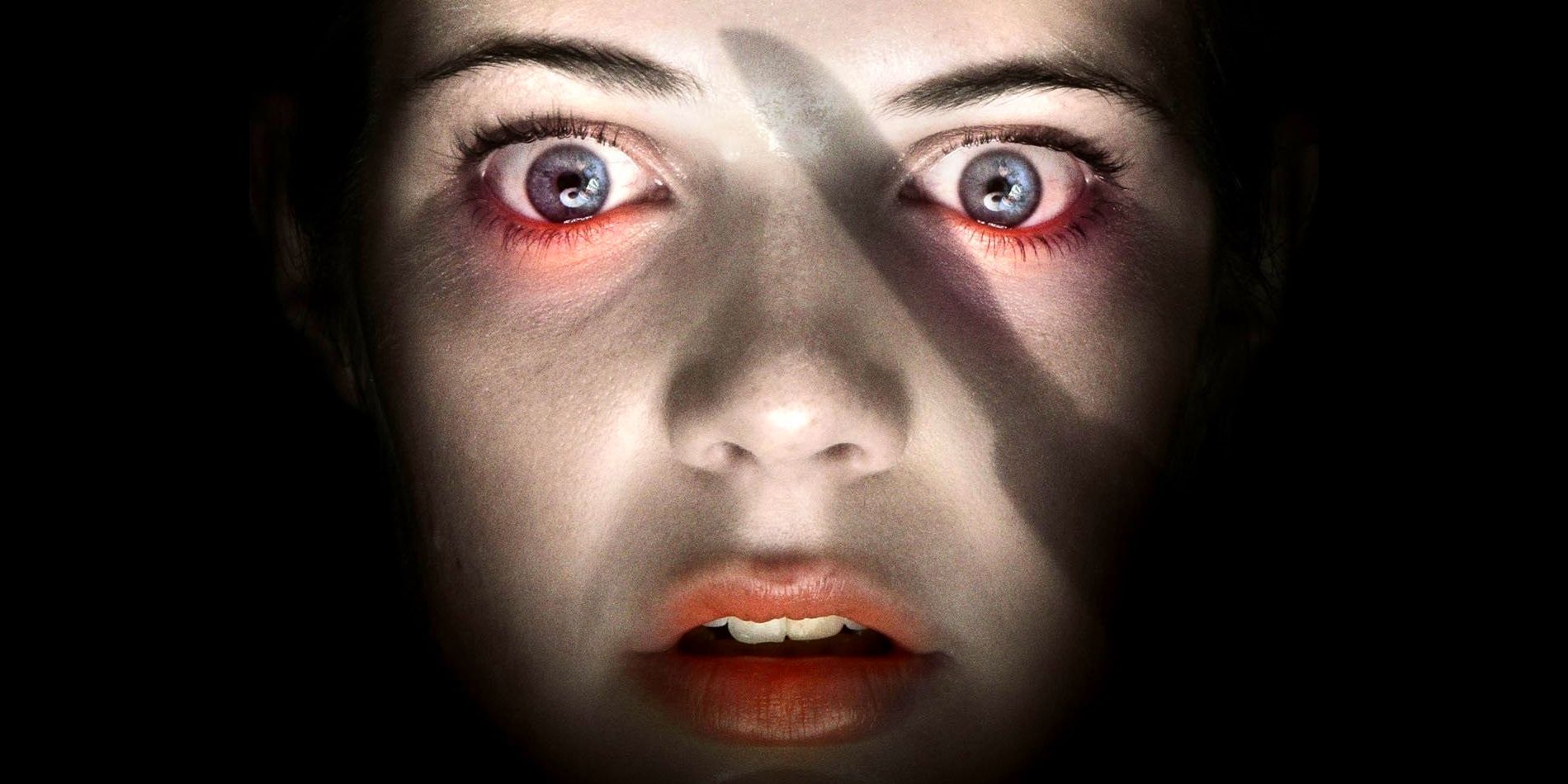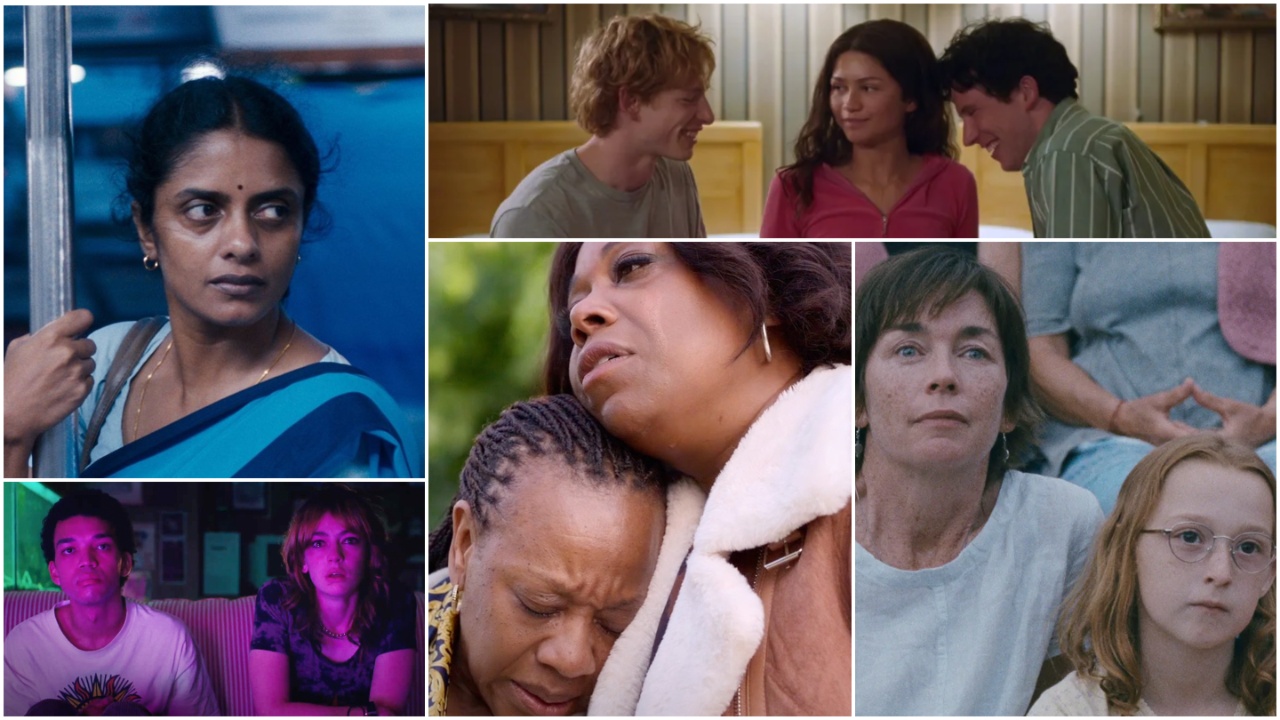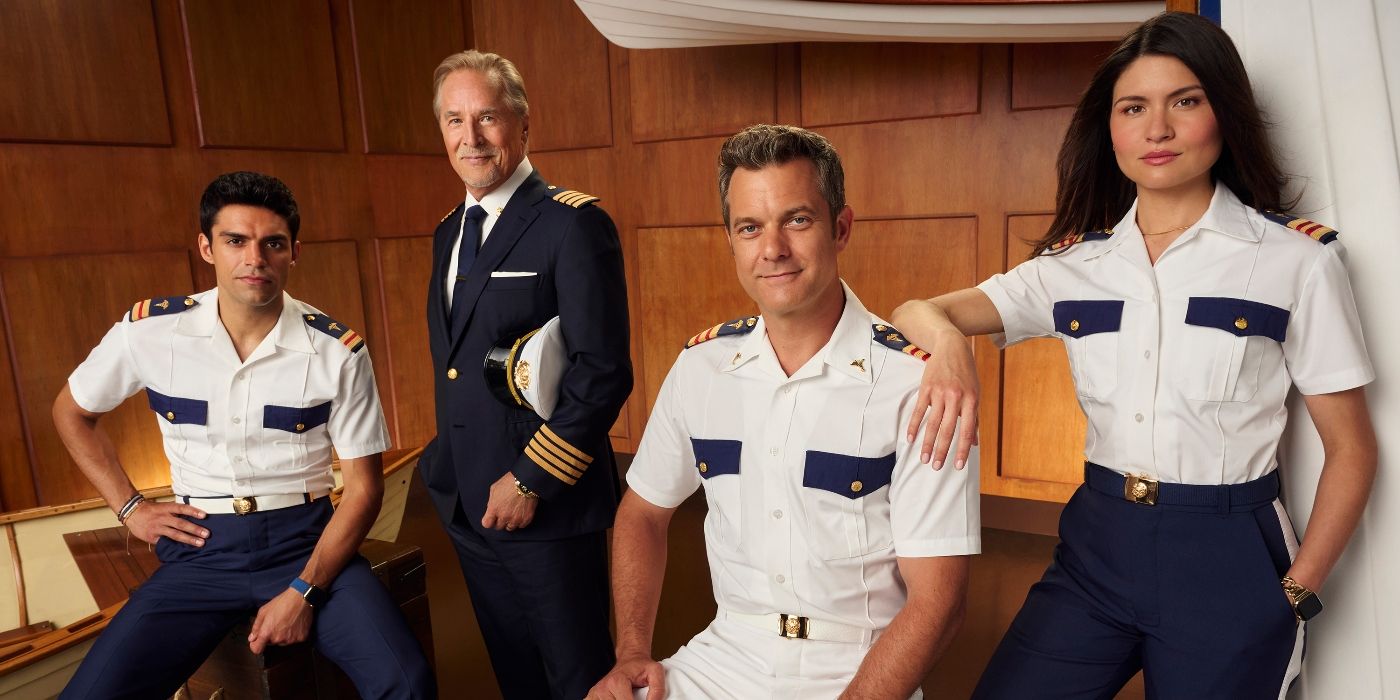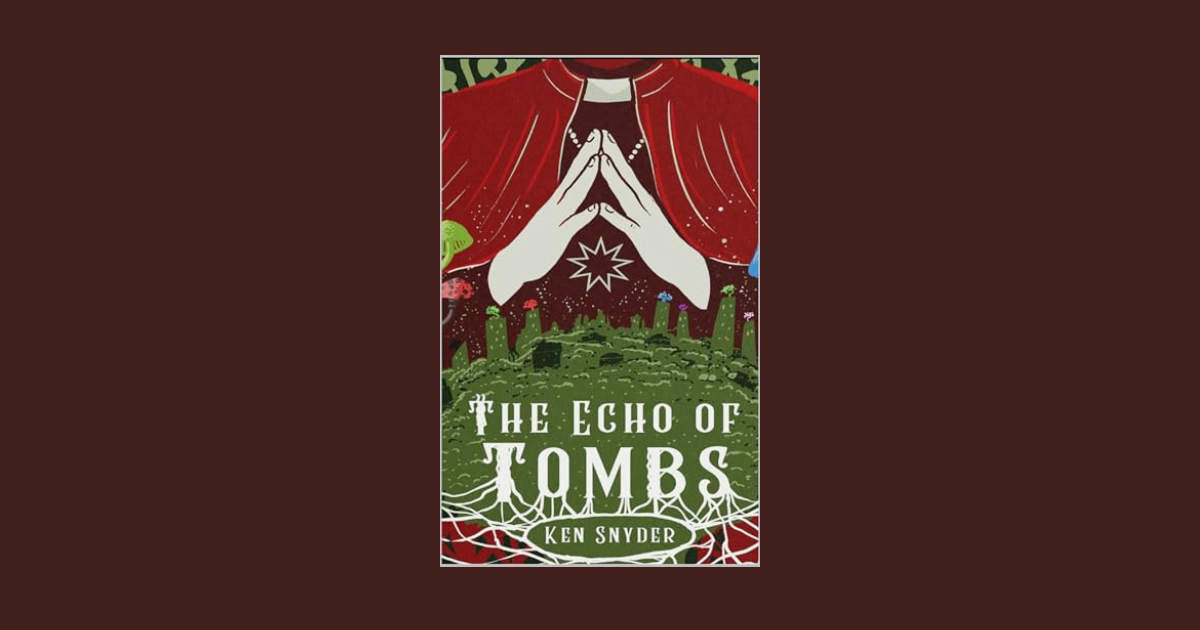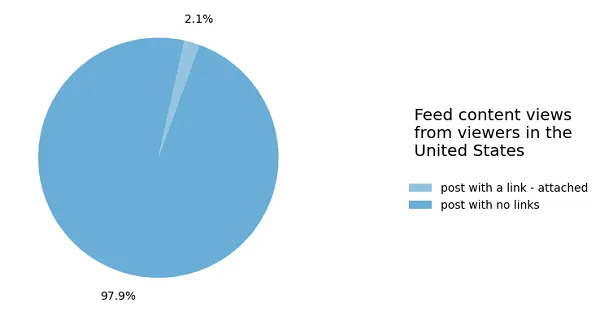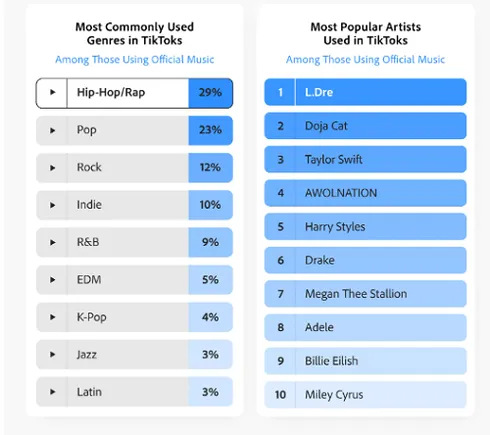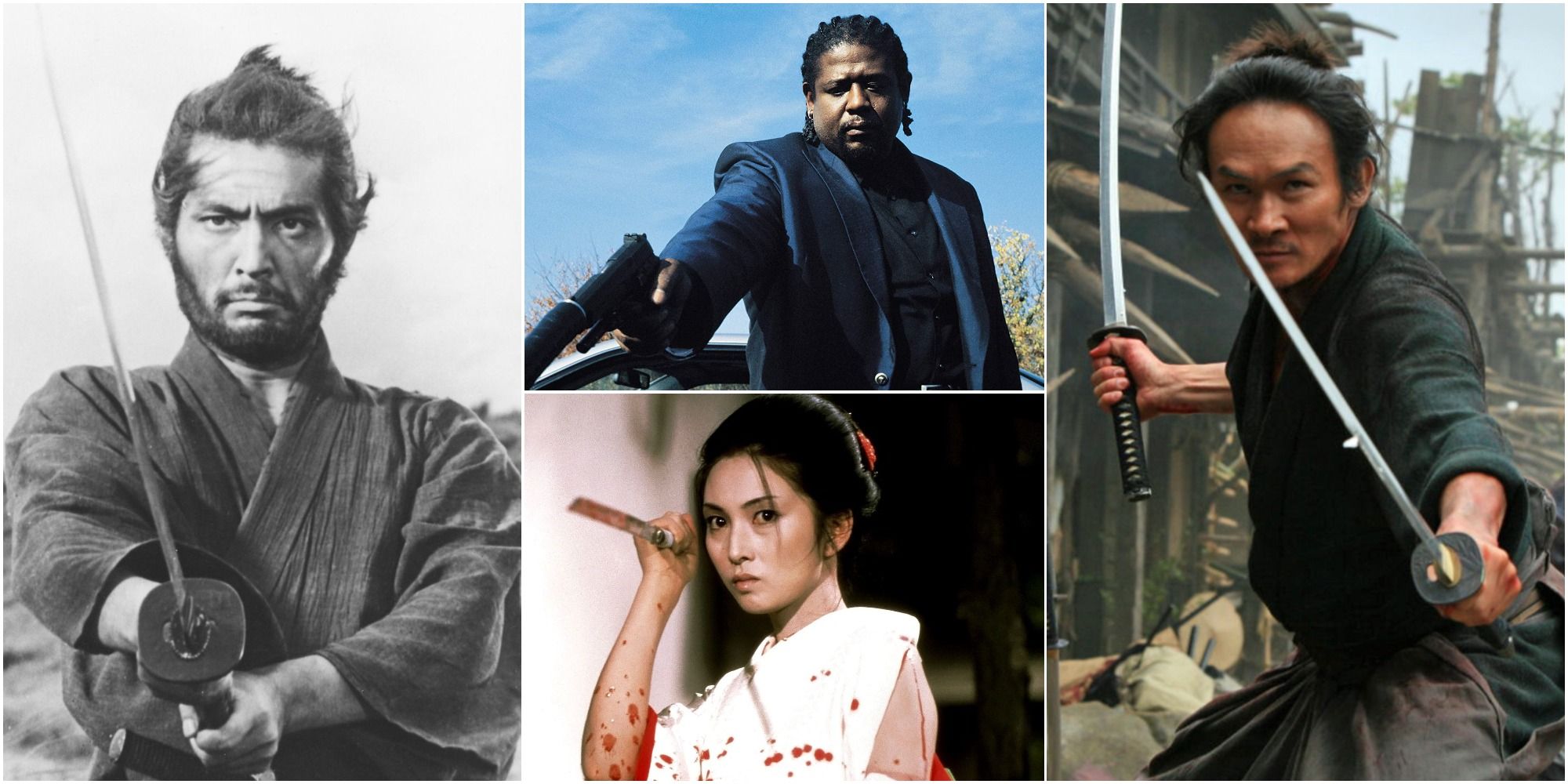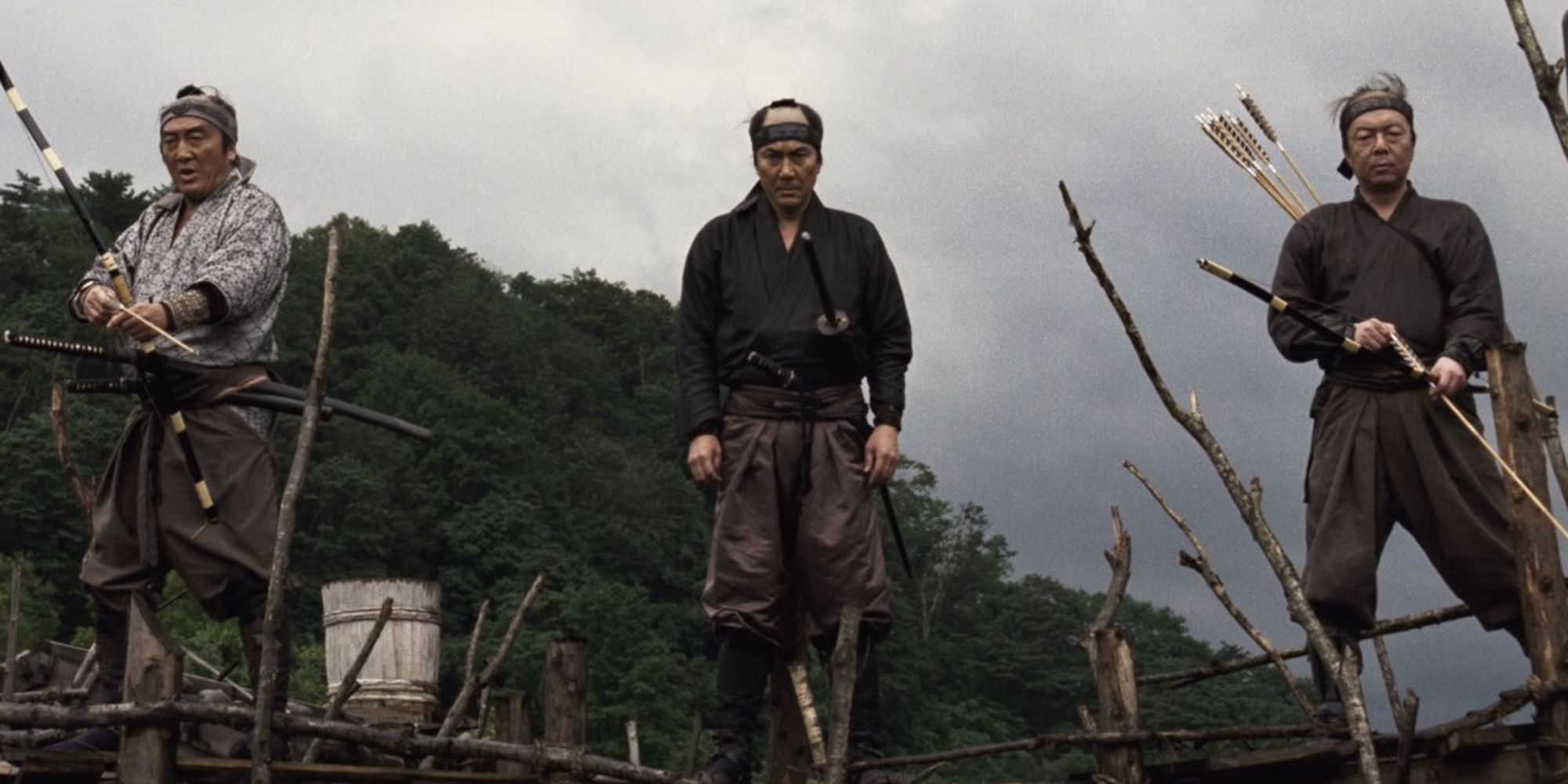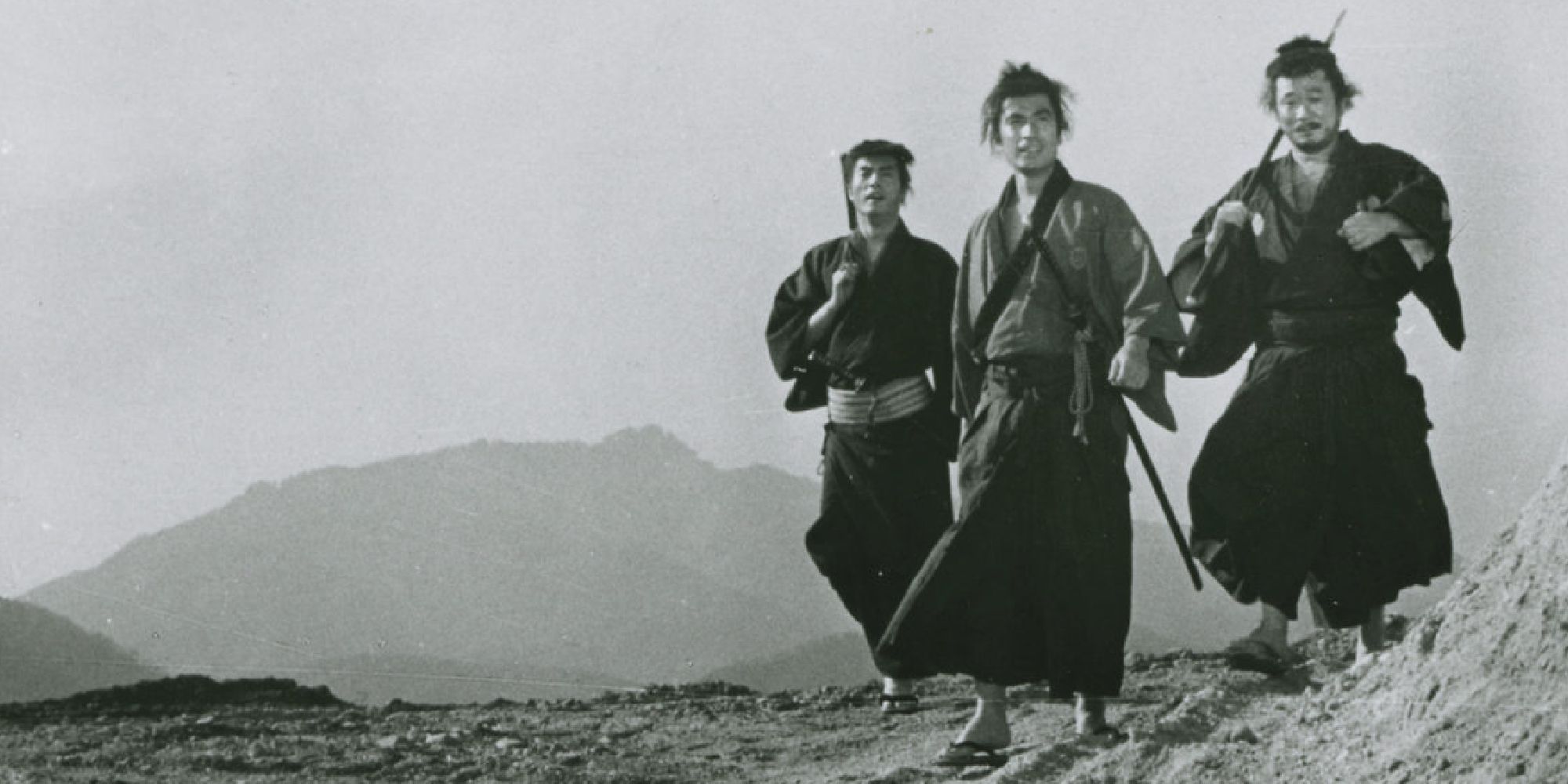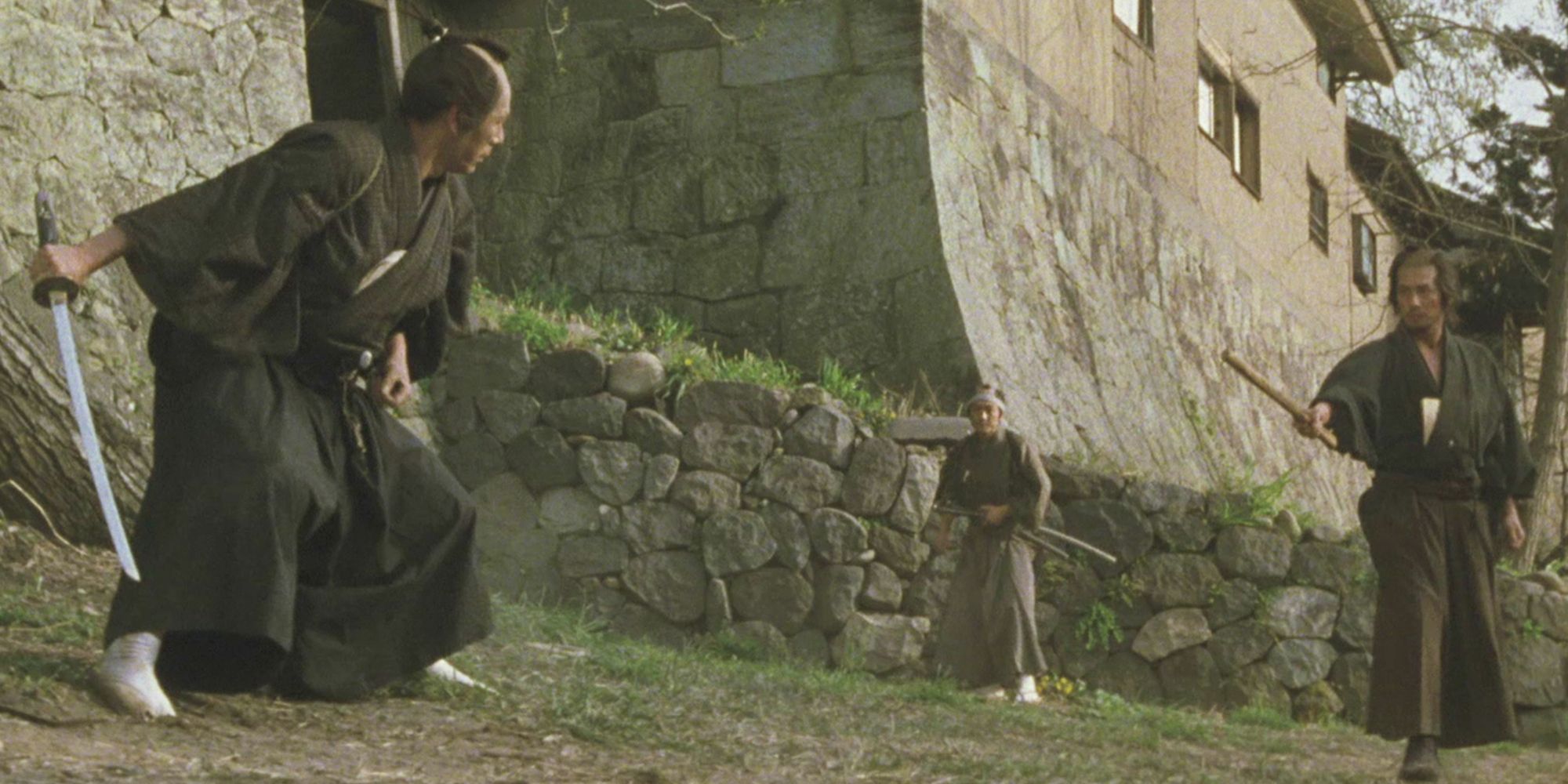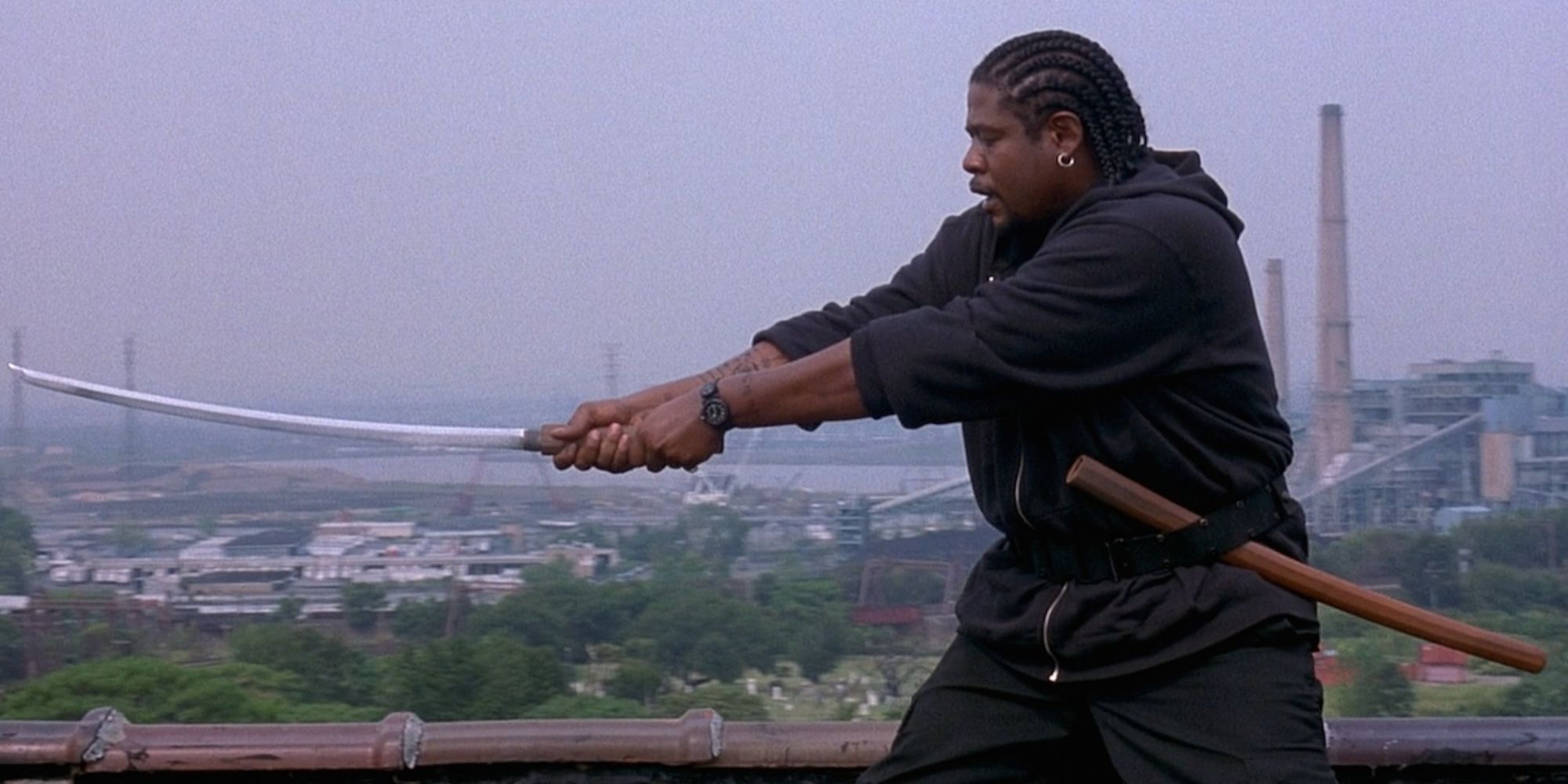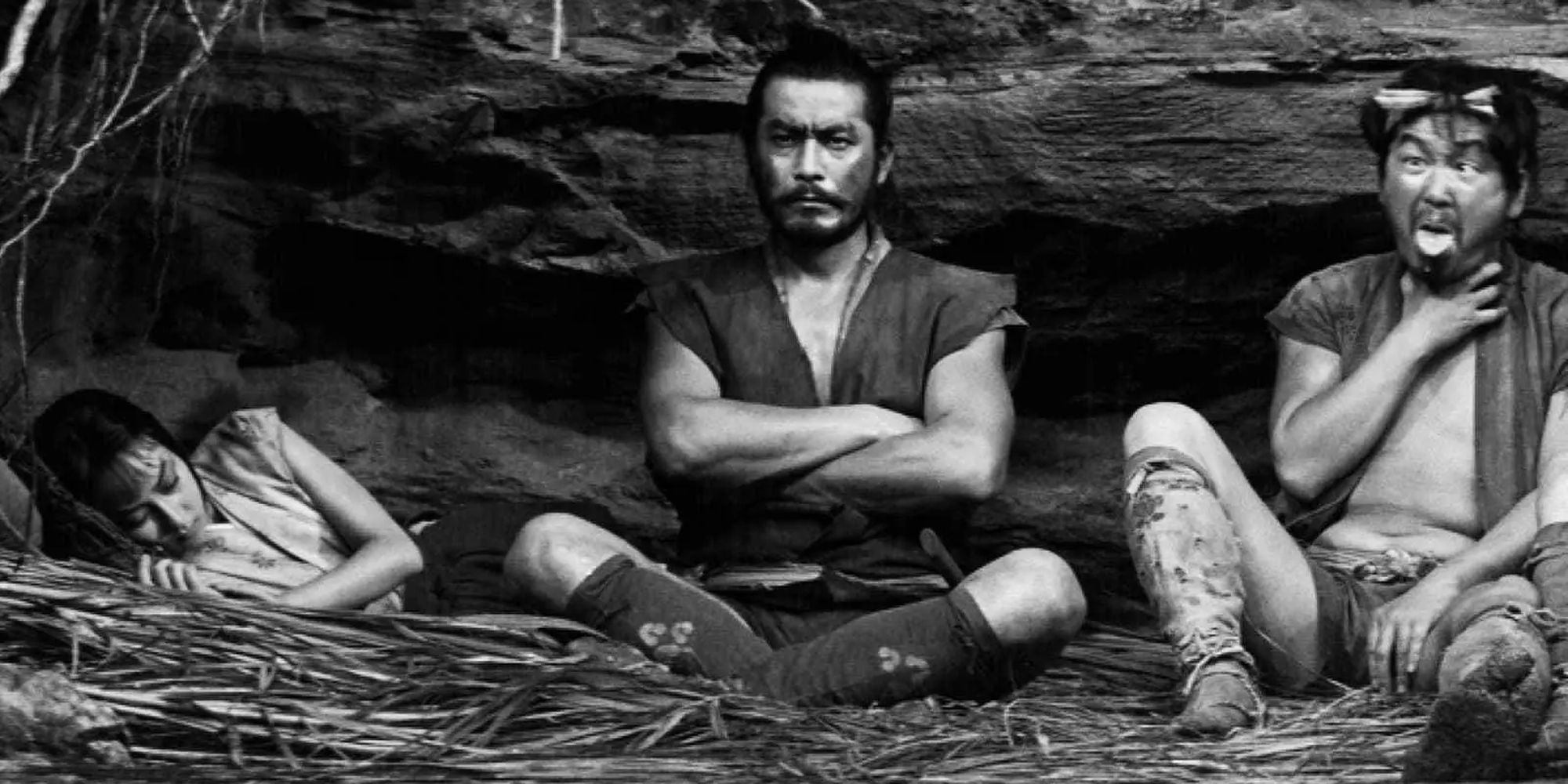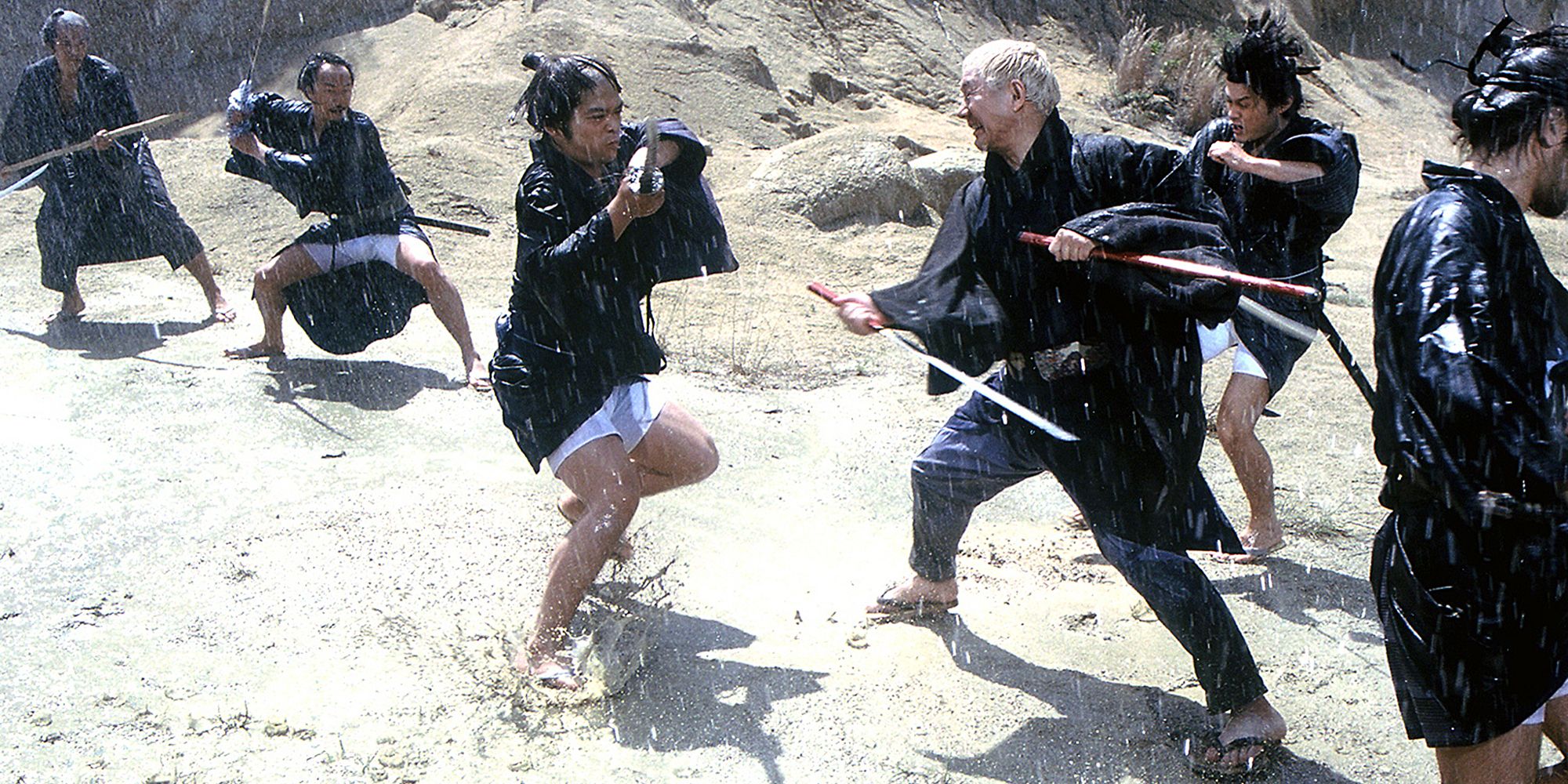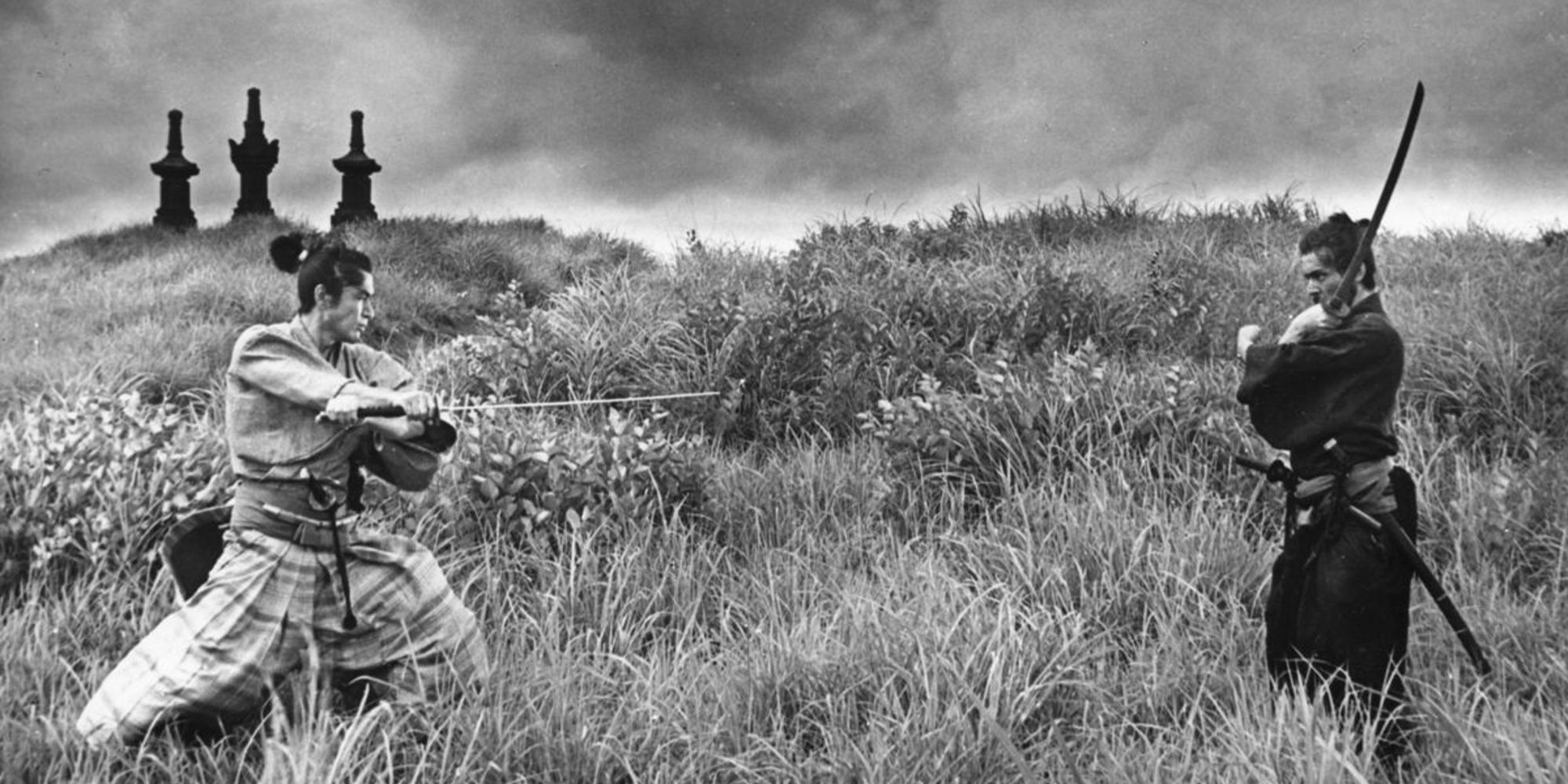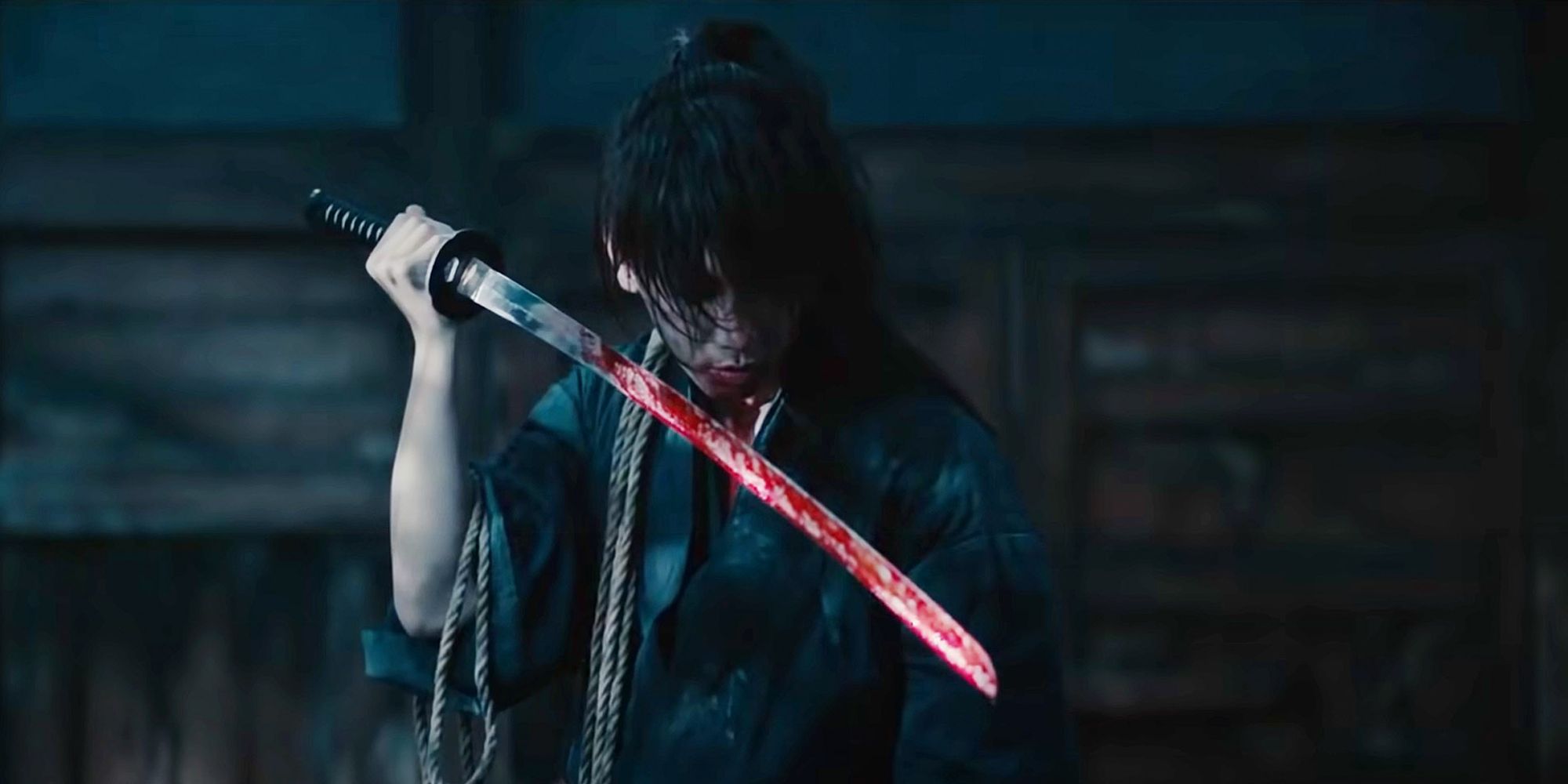Possibly one of the most influential sub-genres in movie history, the samurai film is largely responsible for many popular trends in world cinema. Without it, Star Wars, spaghetti westerns, and many films by Quentin Tarantino would either be vastly different or cease to exist entirely. In the ’50s and ’60s, directors such as Akira Kurosawa and Masaki Kobayashi created an early template for modern blockbusters, complete with iconic characters and large-scale action.
For newcomers to the samurai genre, it may seem like a no-brainer to dive right into the classics, or Kurosawa’s entire filmography, for that matter. However, you may quickly find that approach to be somewhat overwhelming. Not to worry, as the following films will serve as a great introduction to the way of the samurai and prepare you for the heavy-hitters of the genre.
13 Assassins (2010)
Taking place late in Japan’s Edo period, 13 Assassins follows twelve samurai and a hunter as they plot to kill the tyrannical Lord Naritsugu before he becomes a member of the shogunate council. The task proves difficult, and the conflict erupts in a large-scale battle between the assassins and Naritsugu’s men in a small village.
Director Takashi Miike brings his usual flare, complete with quick pacing and kinetic action. The first hour displays the cruelty of Naritsugu, while simultaneously fleshing out each member of the heroic ensemble enough to get the audience on their side. It all sets the stage for a 45-minute adrenaline-fueled finale that maintains its chaotic energy until the credits roll. 13 Assassins not only manages to upstage the 1963 film it remade, but also serves as a stellar showcase of what modern filmmaking can do with the samurai genre.
Three Outlaw Samurai (1964)
Three Outlaw Samurai tells the story of a ronin (lone samurai) who wanders into the middle of a kidnapping plot, only to discover that the crime was committed out of anger towards a greedy local governor. He encounters two men, each on opposing sides, who eventually help him retaliate against the corrupt politicians.
Originally a prequel to a popular TV show, Three Outlaw Samurai serves as an appetizer platter of everything the genre has to offer. It combines well-executed action, poignant commentary, and a team of protagonists that each represents a different breed of samurai hero. The unlikely alliance at the center gives the film a unique superhero team-up quality that sets it apart from the rest.
The Twilight Samurai (2002)
As the title suggests, The Twilight Samurai follows an aging low-level samurai and widower, Iguchi Seibei. He works in a warehouse, taking care of his daughters and dementia-stricken mother, when a chance encounter with a childhood friend turns his quiet life upside down.
The Twilight Samurai acts as a sort of post-samurai film, highlighting the hypocritical nature of the class structure and samurai code that pervaded Japan well into the late 1800s. Seibei is an unlikely hero, resisting conflict at every turn (despite his adept sword-fighting skills), until he is forced into it out of necessity. The film is beautifully subtle, understated, and offers a great alternative to the more action-packed fare of the genre.
Shogun Assassin (1980)
After he is framed for treason and his wife is murdered, shogun executioner Ogami Itto goes on the run with his young son in tow via baby cart. He quickly encounters various attackers as he begins a long bloody journey to redemption.
Dubbed in English and cut together using footage from the first two Lone Wolf and Cubfilms, Shogun Assassin is a surprisingly cohesive and well-paced romp in its own right. It introduced American audiences to the over-the-top aesthetic of ’70s samurai films with its stylized editing and gonzo fight sequences. The final showdown in a desert, for instance, consists of assassins popping out of the sand, Wolverine-style claws and literal fountains of blood, all set to a synth soundtrack. It’s pure pulp cinema at its finest.
Ghost Dog: The Way of The Samurai (1999)
In this modern-day crime thriller, Forest Whitaker stars as the titular Ghost Dog, a mysterious hit-man employed by the mob. He carries around a book detailing the samurai code, which is tested when he’s pitted against the mob after learning of their plot to kill him.
Despite a lack of sword duels and feudal Japanese setting, Ghost Dog: The Way of The Samurai is a pure samurai film at heart. Ghost Dog is as much a wandering ronin as any, caught between his loyalties and his own moral code. The film also represents the impact the genre has made on hip-hop culture, with a killer soundtrack and a welcome (albeit random) cameo by the Wu-Tang Clan‘s RZA.
Lady Snowblood (1973)
Based on a manga of the same name, Lady Snowblood follows a deadly female assassin named Yuki as she enacts revenge on a group of criminals responsible for the death of her family. A bloody ballet ensues as she hunts each member down one by one to achieve the goal she was sworn to since birth.
If the plot sounds familiar, the similarities betweenLady Snowblood and Quentin Tarantino’s Kill Bill films don’t stop there. Not only did Yuki serve as the blueprint for Lucy Lui’s O-Ren Ishii, but multiple camera angles and musical cues used in Kill Bill are direct homages to the cult classic. After watching this visually striking revenge tale unfold, you’ll likely become just as obsessed with Lady Snowblood as Tarantino.
The Hidden Fortress (1958)
The Hidden Fortress follows two peasants in search of wealth who come across a mysterious man and woman. Unbeknownst to the peasants, the travelers are a general and princess, respectively, who talk them into escorting them behind enemy lines in exchange for gold.
Any list of samurai films would be incomplete without director/actor duo, Akira Kurosawa and Toshiro Mifune. While not their most definitive collaboration in the genre (that would likely be 1954’s Seven Samurai), The Hidden Fortress redefined the adventure film on a massive scale. It’s jam-packed with thrilling action still capable of dropping jaws today. Given that George Lucas has cited the film as his primary inspiration for Star Wars, its impact as a classic more than speaks for itself.
Zatoichi (2003)
This quasi-reboot of the long-running Zatoichi film series(a whopping 26 movies!), Zatoichi follows the titular blind swordsman as he comes across a town desperate for protection from gangs of yakuza. After befriending and empathizing with the locals, he takes matters into his own hands.
Despite its derivative set-up, Zatiochi is a fun throwback to the gritty aesthetic of ’70s samurai films. Beloved Japanese superstar Takeshi Kitano directs and stars in the film, firing on all cylinders in both departments. His confident direction and mysterious charisma as the lead cement Zatoichi as one of the few great samurai films made in the early 2000s.
Harakiri (1962)
Masaki Kobayashi‘s Harakiri tells the story of Hanshiro Tsugumo, a ronin who arrives at a feudal lord’s manor requesting to commit harakiri, or ritual suicide, there. Skeptical of Tsugumo’s motivations, the lord interrogates him in the manor courtyard, only to find that there is more to Tsugumo’s story than meets the eye.
Possibly the crowning achievement in samurai films not directed by Kurosawa, Harakiri is a gripping examination of honor, duty and societal constructs. The film plays like a courtroom chamber piece (the action only leaves the manor in flashbacks). Tatsuya Nakadai is captivating as the determined Tsugumo, and the mental chess match that unfolds between him and the feudal lord is thrilling. Meticulously structured all the way to its devastating finale, Harakiri is sure to engross even the most casual viewer of samurai films.
Rurouni Kenshin: The Beginning (2021)
Rurouni Kenshin: The Beginning follows ronin Himura Kenshin’s origins as the vicious assassin, Hitokiri Battosai. After slaying 100 people, Kenshin begins to feel the weight of regret and remorse. His path to redemption begins when he meets a young woman named Tomoe.
The final installment in the underrated live-action Rurouni Kenshin series, Rurouni Kenshin: The Beginning is one of the few anime/manga adaptations that is successful as both a film and a faithful retelling of its source material. It balances its brooding atmosphere with an underlying tragic sweetness, accentuated by Takeru Satoh’s magnetic lead performance. It’s an emotional exploration into the loneliness of the warrior lifestyle that one can only hope will help spark a future resurgence in the samurai genre.












